My first cheatline Aircraft!
Gallery.
About the DC-9
The McDonnell Douglas DC-9 is an American five-abreast, single-aisle aircraft designed by the Douglas Aircraft Company. It was initially produced as the Douglas DC-9 prior to August 1967, after which point the company had merged with McDonnell Aircraft to become McDonnell Douglas. Following the introduction of its first jetliner, the high capacity DC-8, in 1959, Douglas was interested in producing an aircraft suited to smaller routes. As early as 1958, design studies were conducted; approval for the DC-9, a smaller all-new jetliner, came on April 8, 1963. The DC-9-10 first flew on February 25, 1965, and gained its type certificate on November 23, to enter service with Delta Air Lines on December 8.
The DC-9 is powered by two rear-mounted Pratt & Whitney JT8D low-bypass turbofan engines under a T-tail for a cleaner wing aerodynamic. It has a two-person flight deck and built-in airstairs to better suit smaller airports. The Series 10 aircraft are 104 ft (32 m) long for typically 90 coach seats. The Series 30, stretched by 15 ft (4.5 m) to seat 115 in economy, has a larger wing and more powerful engines for a higher maximum takeoff weight (MTOW); it first flew in August 1966 and entered service in February 1967. The Series 20 has the Series 10 fuselage, more powerful engines, and the Series 30's improved wings; it first flew in September 1968 and entered service in January 1969. The Series 40 was further lengthened by 6 ft (2 m) for 125 passengers, and the final DC-9-50 series first flew in 1974, stretched again by 8 ft (2.5 m) for 135 passengers. When deliveries ended in October 1982, 976 had been built. Smaller variants competed with the BAC One-Eleven, Fokker F28, and Sud Aviation Caravelle, and larger ones with the original Boeing 737.
The original DC-9 was followed by the second generation in 1980, the MD-80 series, a lengthened DC-9-50 with a larger wing and a higher MTOW. This was further developed into the third generation, the MD-90, in the early 1990s, as the body was stretched again, fitted with V2500 high-bypass turbofans, and an updated flight deck. The shorter and final version, the MD-95, was renamed the Boeing 717 after McDonnell Douglas's merger with Boeing in 1997; it is powered by Rolls-Royce BR715 engines. The DC-9 family was produced between 1965 and 2006 with a total delivery of 2441 units: 976 DC-9s, 1191 MD-80s, 116 MD-90s, and 155 Boeing 717s. As of August 2022, 250 aircraft remain in service: 31 DC-9s (freighter), 116 MD-80s (mainly freighter), and 103 Boeing 717s (passenger), while the MD-90 was retired without freighter conversion.
Accidents and incidents.
On October 1, 1966, West Coast Airlines Flight 956 crashed with eighteen fatalities and no survivors. This accident marked the first loss of a DC-9.[60]
On March 9, 1967, TWA Flight 553 crashed in a field in Concord Township, near Urbana, Ohio, following a mid-air collision with a Beechcraft Baron, an accident that triggered substantial changes in air traffic control procedures.[61] All 25 people on board the DC-9 were killed.
On March 27, 1968, Ozark Air Lines Flight 965, a DC-9-15, collided with a Cessna 150F while both aircraft were on approach to the same runway at Lambert Field in St. Louis, Missouri. The Cessna crashed, killing the two pilots aboard, while the DC-9 landed safely with no injuries to the 49 passengers and crew.[62]
On March 16, 1969, Viasa Flight 742, a DC-9-32, crashed into the La Trinidad neighborhood of Maracaibo, Venezuela, during a failed take-off. All 84 people on board the aircraft, as well as 71 people on the ground, were killed. With 155 dead in all, this was the deadliest crash involving a member of the original DC-9 family, as well as the worst crash in civil aviation history at the time it took place.[63]
On September 9, 1969, Allegheny Airlines Flight 853, a DC-9-30, collided in mid-air with a Piper PA-28 Cherokee near Fairland, Indiana. The DC-9 carried 78 passengers and four crew members, the Piper, one pilot. Both aircraft were destroyed, and all occupants were killed.[64][65]
On February 15, 1970, a Dominicana de Aviación DC-9-32 crashed after taking off from Santo Domingo. The crash, possibly caused by contaminated fuel, killed all 102 passengers and crew, including champion boxer Teo Cruz.[66][67]
On May 2, 1970, an Overseas National Airways DC-9, wet-leased to ALM Dutch Antilles Airlines and operating as ALM Flight 980, ditched in the Caribbean Sea on a flight from New York's John F. Kennedy International Airport to Princess Juliana International Airport on Saint Maarten. After three landing attempts in poor weather at Saint Maarten, the pilots began to divert to their alternate of Saint Croix, U.S. Virgin Islands but ran out of fuel 30 mi (48 km) short of the island. After about ten minutes, the aircraft sank in 5,000 ft (1,524 m) of water and was never recovered. 40 people survived the ditching; 23 perished.[68]
On November 14, 1970, Southern Airways Flight 932, a DC-9, crashed into a hill near Tri-State Airport in Huntington, West Virginia. All 75 on board were killed (including 37 members of the Marshall University Thundering Herd football team, eight members of the coaching staff, 25 boosters, and others).
On June 6, 1971, Hughes Airwest Flight 706 was involved in a midair collision with a U.S. Marine Corps F-4 Phantom fighter. All 49 people on board the DC-9 died; one of two aboard the USMC aircraft ejected and survived.[citation needed]
On January 21, 1972, a Turkish Airlines DC-9-32 TC-JAC diverted to Adana, Turkey after pressurization problems. The aircraft hit the ground during downwind on the 2nd approach and caught fire. There was one fatality.[69]
On January 26, 1972, JAT Flight 367 from Stockholm to Belgrade, DC-9-32 registration YU-AHT, was destroyed in flight by a bomb placed on board. The sole survivor was a flight attendant, Vesna Vulovic, who holds the record for the world's longest fall without a parachute when she fell some 33,000 ft (10,000 m) inside a section of the airplane and survived.
On December 20, 1972, North Central Airlines Flight 575, DC-9-31 registration N954N, collided during its takeoff roll with Delta Air Lines Flight 954, a Convair CV-880 that was taxiing across the same runway at O'Hare International Airport in Chicago, Illinois. The DC-9 was destroyed, killing 10 and injuring 15 of the 45 people on board; two people among the 93 aboard the Convair 880 suffered minor injuries.[70]
On 5 March 1973, an Iberia Flight 504 DC-9 flying from Palma de Mallorca to London collided in mid-air with a Spantax Flight 400 Convair 990 flying from Madrid to London. All 68 people on board the DC-9 were killed. The CV-990 made a successful emergency landing at Cognac – Châteaubernard Air Base.[71]
On July 31, 1973, Delta Air Lines Flight 723, DC-9-31 registration N975NE, crashed into a seawall at Logan International Airport in Boston, Massachusetts, killing all 83 passengers and 6 crew members on board. One of the passengers initially survived the accident but later died in a hospital.
On September 11, 1974, Eastern Air Lines Flight 212, a DC-9-30 crashed just short of the runway at Charlotte, North Carolina, killing 71 out of the 82 occupants.
On October 30, 1975, Inex-Adria Aviopromet Flight 450, a DC-9-32, hit high ground during an approach in fog near Prague-Suchdol, Czechoslovakia. 75 of the 120 people were killed.[72]
On September 10, 1976, an Inex-Adria Aviopromet DC-9-31 collided with a British Airways Trident over the Croatian town of Vrbovec, killing all 176 people aboard both aircraft and another person on the ground.
On April 4, 1977, Southern Airways Flight 242, a DC-9-31, lost engine power while flying through a severe thunderstorm before crash landing onto a highway in New Hope, Georgia, striking roadside buildings. The crash and fire resulted in the death of both flight crew and 61 passengers. Nine people on the ground also died. Both flight attendants and 20 passengers survived.[73][74]
On June 26, 1978, Air Canada Flight 189, a DC-9 overran the runway in Toronto after a blown tire aborted the takeoff. Two of the 107 passengers and crew were killed.[75]
On September 14, 1979, Aero Trasporti Italiani Flight 12, a DC-9-32 crashed in the mountains near Cagliari, Italy while approaching Cagliari-Elmas Airport. All 27 passengers and 4 crew members died in the crash and ensuing fire.[76]
Itavia DC-9 (I-TIGI) was destroyed in an accident at Ustica. Shown in the "Museo della Memoria" opened in Bologna in 2007.
On June 27, 1980, Itavia Flight 870, a DC-9-15, broke up mid-air and crashed into the sea near the Italian island of Ustica. All 81 people on board were killed. The cause has been the subject of a decades-long controversy, with either a terrorist bomb on board or an accidental shootdown during a military operation blamed for the accident.
On July 27, 1981, Aeroméxico Flight 230, a DC-9 ran off the runway in Chihuahua. Thirty passengers and two crew of the 66 on board were killed. Bad weather and pilot error were the causes of the accident.
On June 2, 1983, Air Canada Flight 797, a DC-9 experienced an electrical fire in the aft lavatory during flight, resulting in an emergency landing at Cincinnati/Northern Kentucky International Airport. During evacuation, the sudden influx of oxygen caused a flash fire throughout the cabin, resulting in the deaths of 23 of the 41 passengers, including Canadian folk singer Stan Rogers. All five crew members survived.
On December 7, 1983, the Madrid runway disaster took place where a departing Iberia Boeing 727 struck an Aviaco Douglas DC-9 causing the death of 93 passengers and crew. All 42 passengers and crew on board the DC-9 were killed.
On September 6, 1985, Midwest Express Airlines Flight 105, operated with a DC-9-14, crashed just after takeoff from General Mitchell International Airport in Milwaukee, Wisconsin. The crash was caused by improper control inputs by the flight crew after the number 2 engine failed, and all 31 aboard were killed.
On August 31, 1986, Aeroméxico Flight 498 collided in mid-air with a Piper Cherokee over the city of Cerritos, California, then crashed into the city, killing all 64 aboard the aircraft, 15 people on the ground, and all three in the small plane.
On April 4, 1987, Garuda Indonesia Flight 035, a DC-9-32, hit a pylon and crashed on approach to Polonia International Airport in bad weather with 24 fatalities.[77]
On November 15, 1987, Continental Airlines Flight 1713, a DC-9-14, crashed on takeoff from Stapleton International Airport in bad weather with 28 fatalities. This accident was attributed to a combination of confusion at the ATC, exceeding allowed time-limit for takeoff after de-icing the wings, and inexperienced crew.
On November 14, 1990, Alitalia Flight 404, a DC-9-32, crashed into a hillside on approach to Zurich Airport, killing all 46 persons on board. The crash was caused by a short circuit, which led to a failure of the aircraft's NAV receiver and GPWS system.
On December 3, 1990, Northwest Airlines Flight 1482, a DC-9-14, taxied onto the wrong taxiway in dense fog at Detroit-Metropolitan Wayne County Airport, Michigan. It entered the active runway instead of the taxiway instructed by air traffic controllers. It was then struck by a departing Boeing 727. Nine people were killed.[78][79]
On March 5, 1991, Aeropostal Alas de Venezuela Flight 108, a DC-9-32, crashed into a mountainside in Trujillo State, Venezuela, killing all 40 passengers and five crew aboard.[80]
On July 2, 1994, USAir Flight 1016, DC-9-31 N954VJ crashed in Charlotte, North Carolina, while performing a go-around because of heavy storms and wind shear at the approach of runway 18R. There were 37 fatalities and 15 injured among the passengers and crew. Although the airplane came to rest in a residential area with the tail section striking a house, there were no fatalities or injuries on the ground.
On May 11, 1996, ValuJet Flight 592, DC-9-32 N904VJ crashed in the Florida Everglades due to a fire caused by the activation of chemical oxygen generators illegally stored in the hold. The fire damaged the plane's electrical system and eventually overcame the crew, resulting in the deaths of all 110 people on board.
On October 10, 1997, Austral Flight 2553, a DC-9-32 registration LV-WEG, en route from Posadas to Buenos Aires, crashed near Fray Bentos, Uruguay, killing all 69 passengers and five crew on board.[81]
On February 2, 1998, Cebu Pacific Flight 387, a DC-9-32 RP-C1507 crashed on the slopes of Mount Sumagaya in Misamis Oriental, Philippines, killing all 104 passengers and crew on board. Aviation investigators deemed the incident to be caused by pilot error when the plane made a non-regular stopover to Tacloban.
On November 9, 1999, TAESA Flight 725 crashed a few minutes after leaving Uruapan International Airport en route to Mexico City. 18 people were killed in the accident.[82]
On 10 December 2005, Sosoliso Airlines Flight 1145 from Abuja crash-landed at Port Harcourt International Airport, Nigeria. There were 108 fatalities and two survivors.[83]
On April 15, 2008, Hewa Bora Airways Flight 122 crashed into a residential neighborhood, in the Goma, Democratic Republic of the Congo,[84] resulting in the deaths of at least 44 people.[85]
On July 6, 2008, USA Jet Airlines Flight 199, a DC-9-15F, crashed on approach to Saltillo, Mexico, after a flight from Shreveport, Louisiana. The captain died and first officer was seriously injured.[86]
Remains Of Itavia 870 In the Museum for the Memory of Ustica (Rest in piece all the people that died)
Specifications
Spotlights
- IMVICTOR 1.6 years ago
- XProAerospaceAircrafts 1.6 years ago
General Characteristics
- Predecessor 'Mad Dog' MD-80
- Successors 2 airplane(s) +41 bonus
- Created On iOS
- Wingspan 107.7ft (32.8m)
- Length 147.7ft (45.0m)
- Height 29.9ft (9.1m)
- Empty Weight N/A
- Loaded Weight 45,410lbs (20,597kg)
Performance
- Power/Weight Ratio 0.49
- Horse Power/Weight Ratio 0.066
- Wing Loading 27.7lbs/ft2 (135.5kg/m2)
- Wing Area 1,636.8ft2 (152.1m2)
- Drag Points 8052
Parts
- Number of Parts 597
- Control Surfaces 9
- Performance Cost 3,335

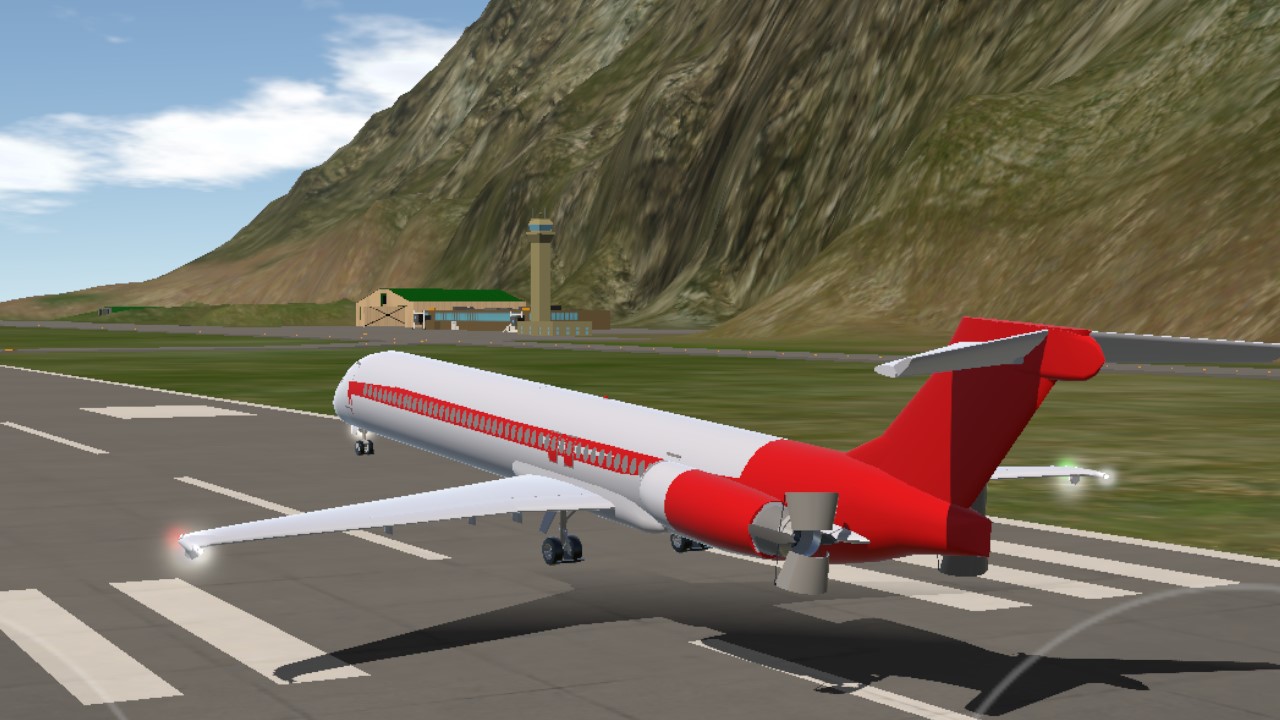
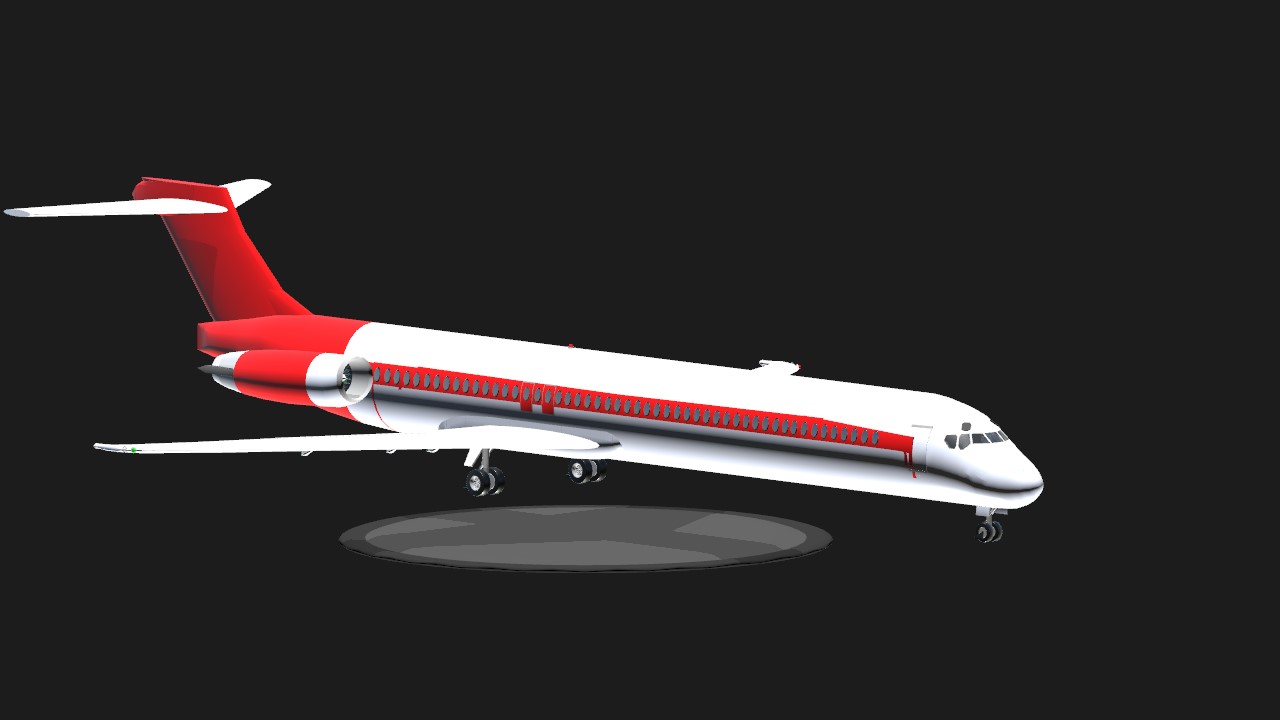
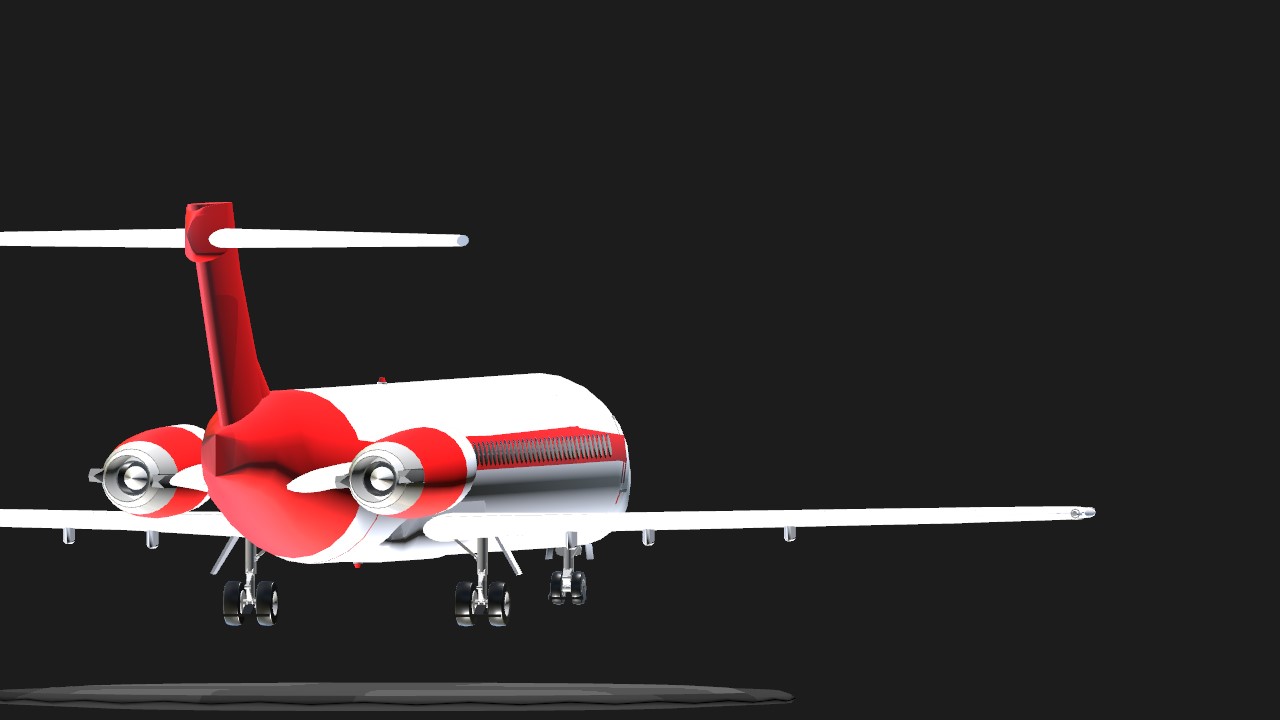
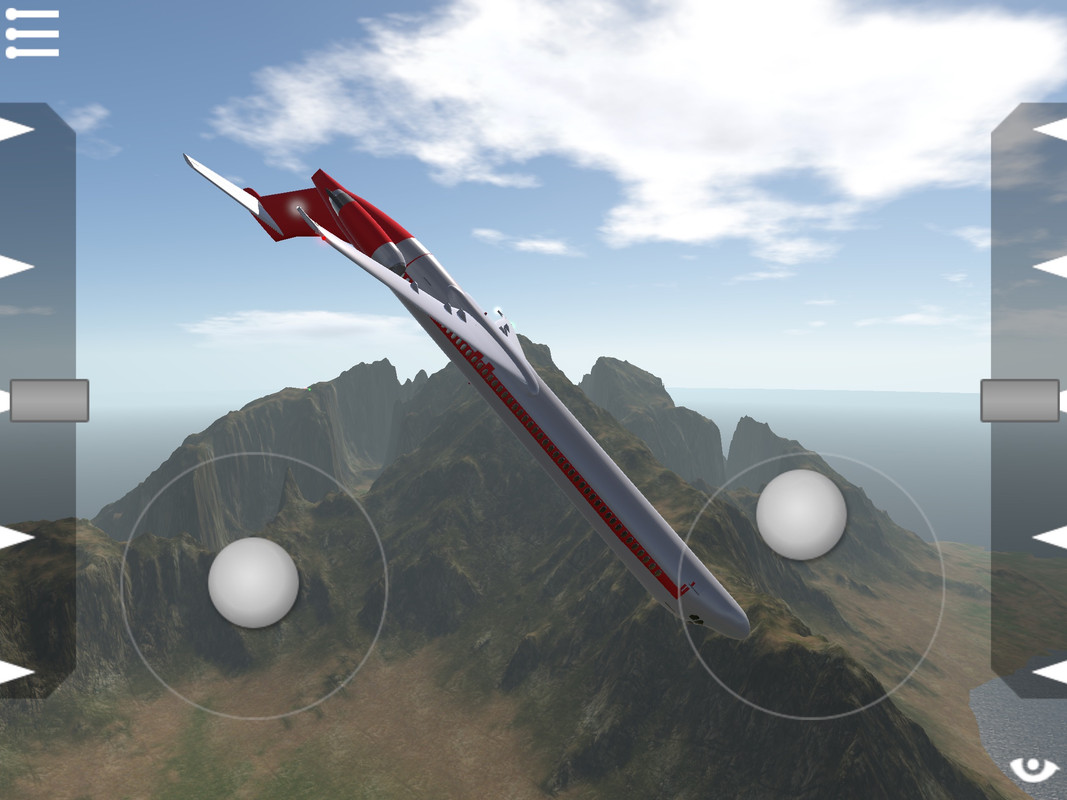
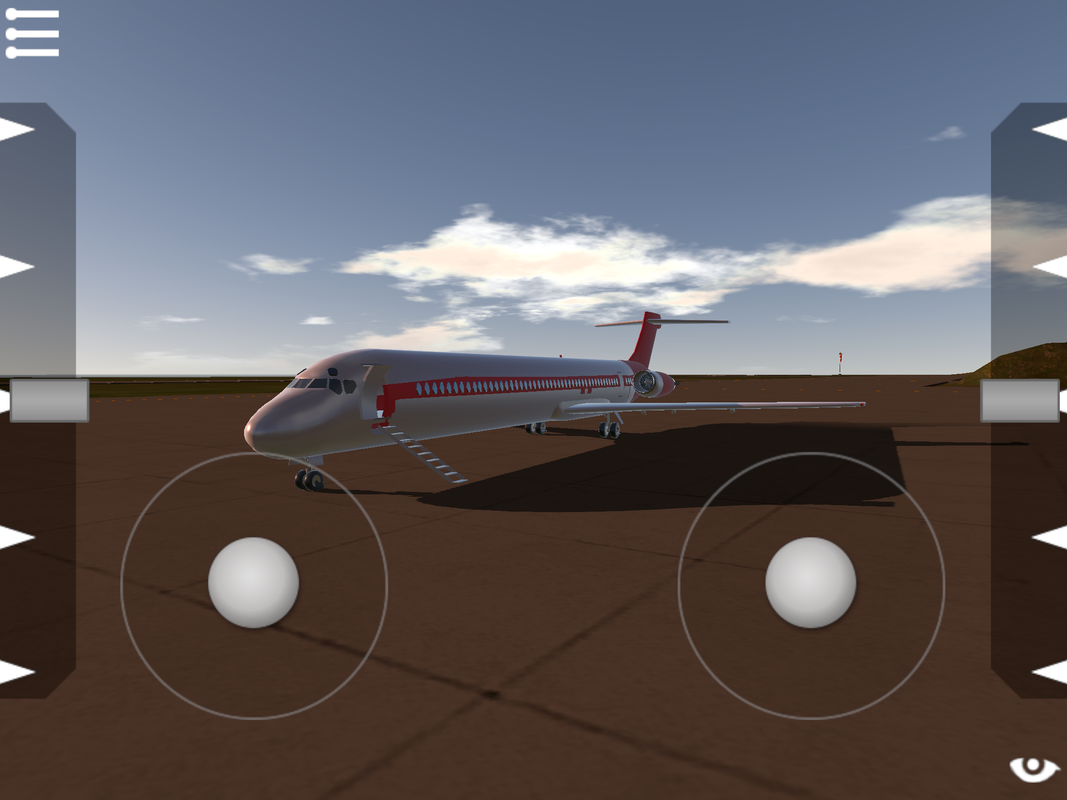

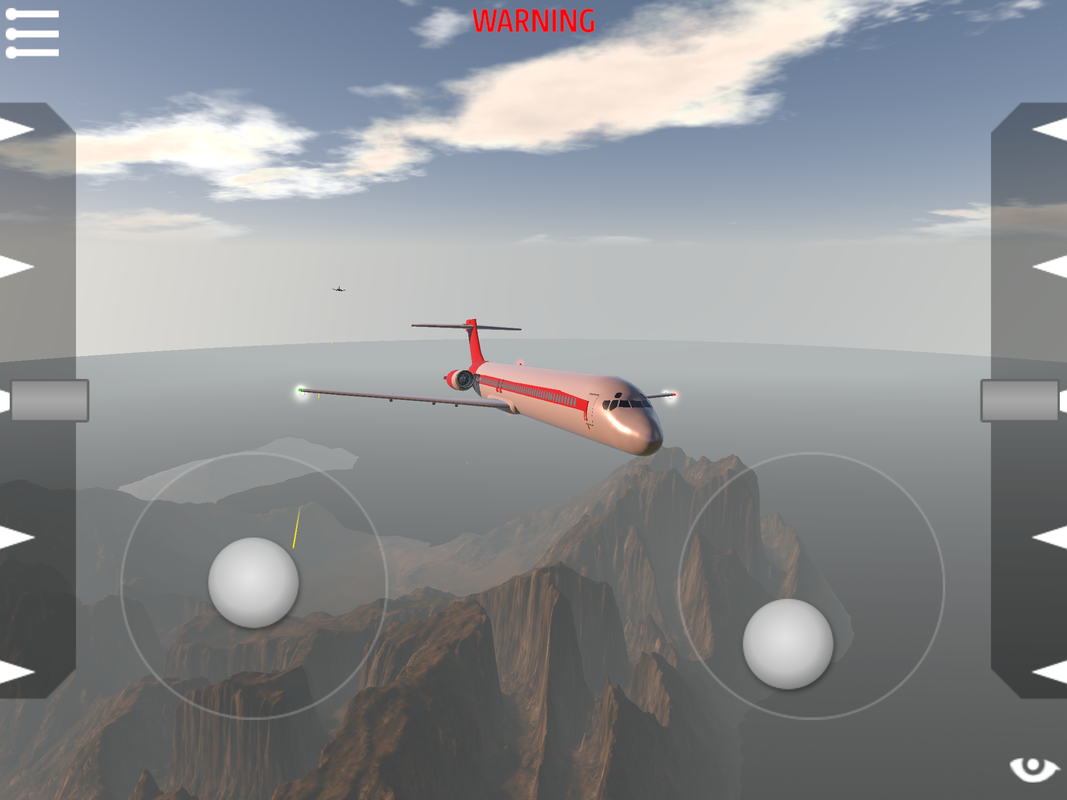
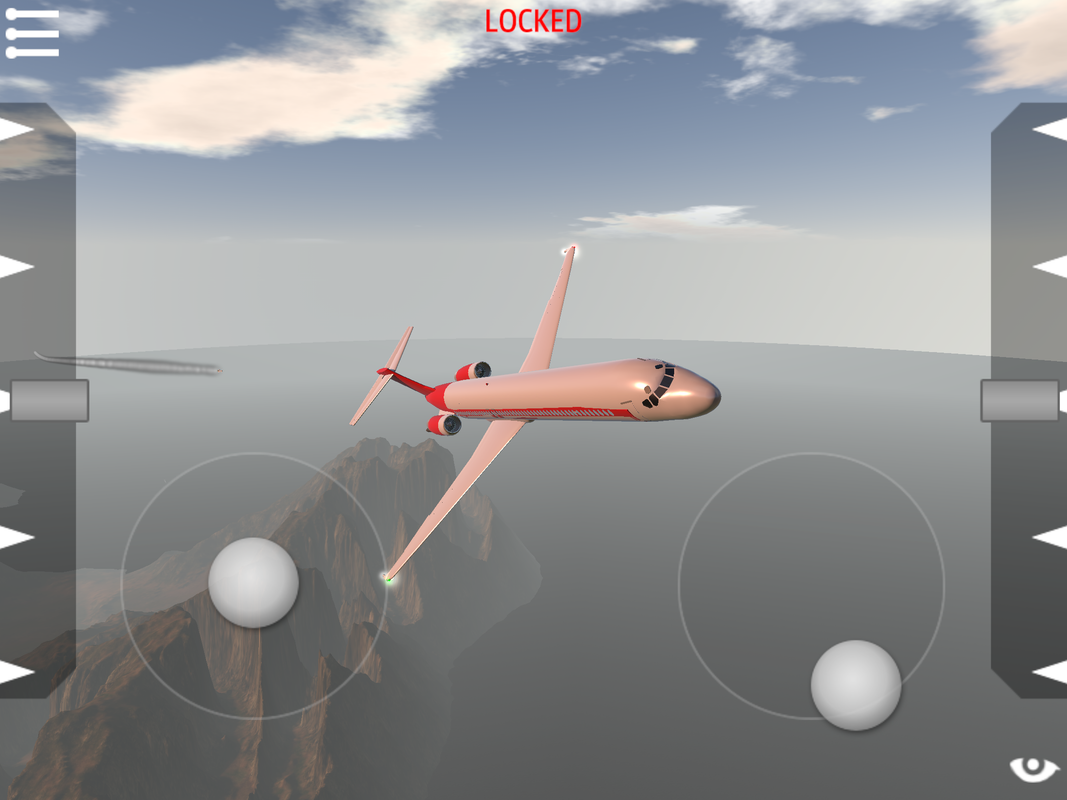
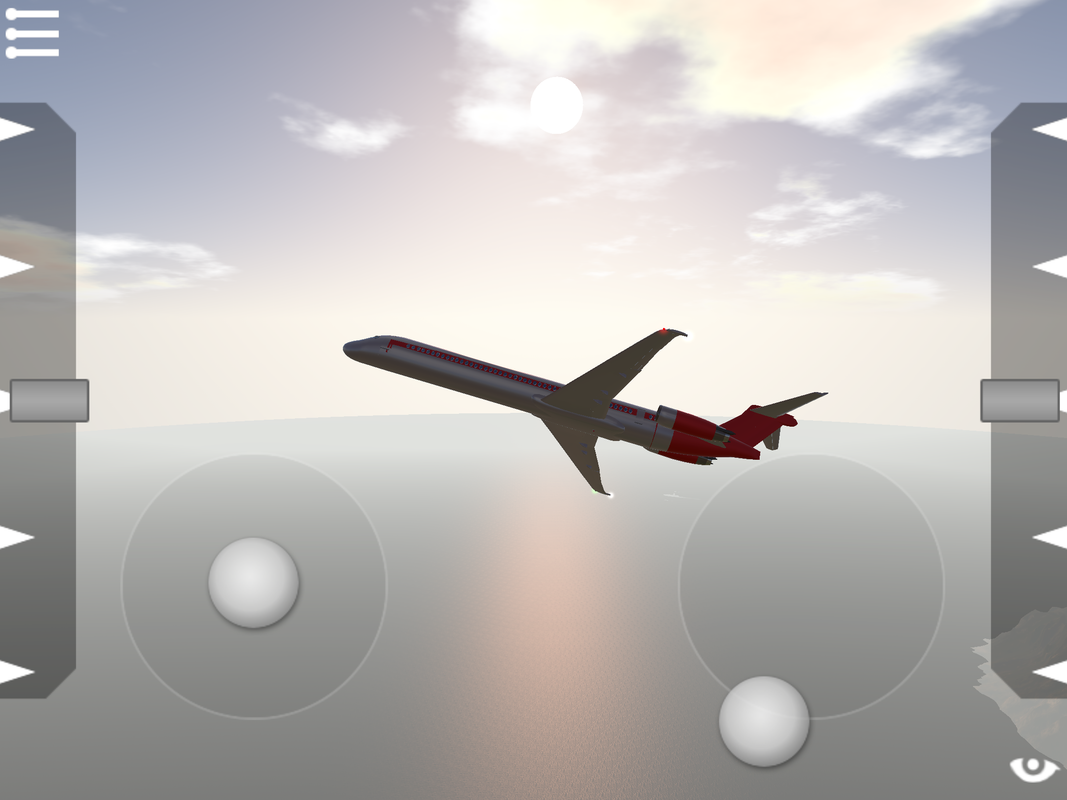

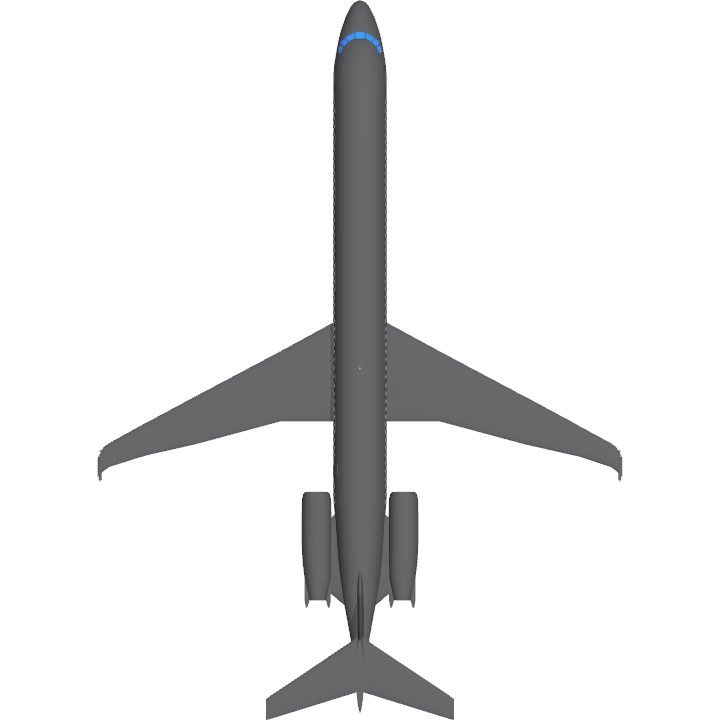

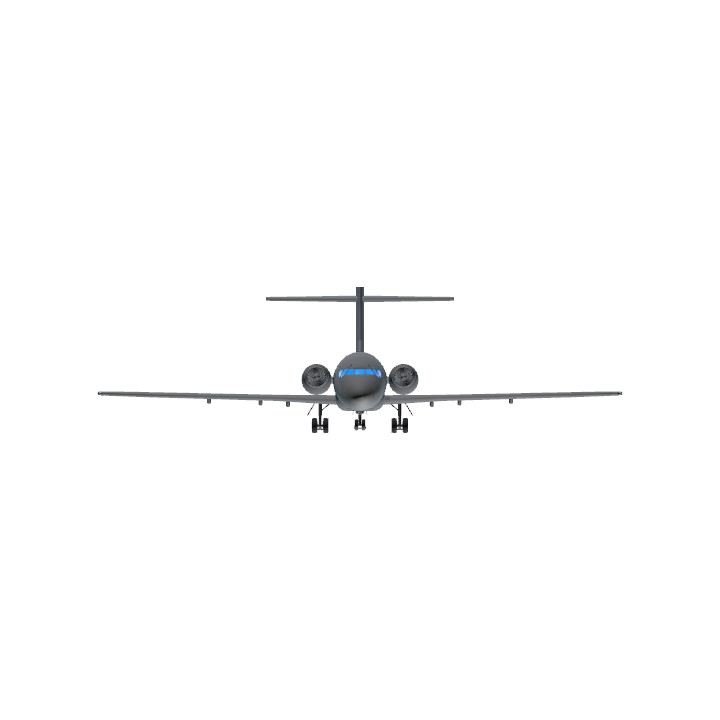
I will be making more Cheatline projects soon!
Tags:
@IMVICTOR
I just realized that I putted MD-80 in the title and putted “About the Dc-9” 💀
@IMVICTOR your welcome
@Transair56 thanks!